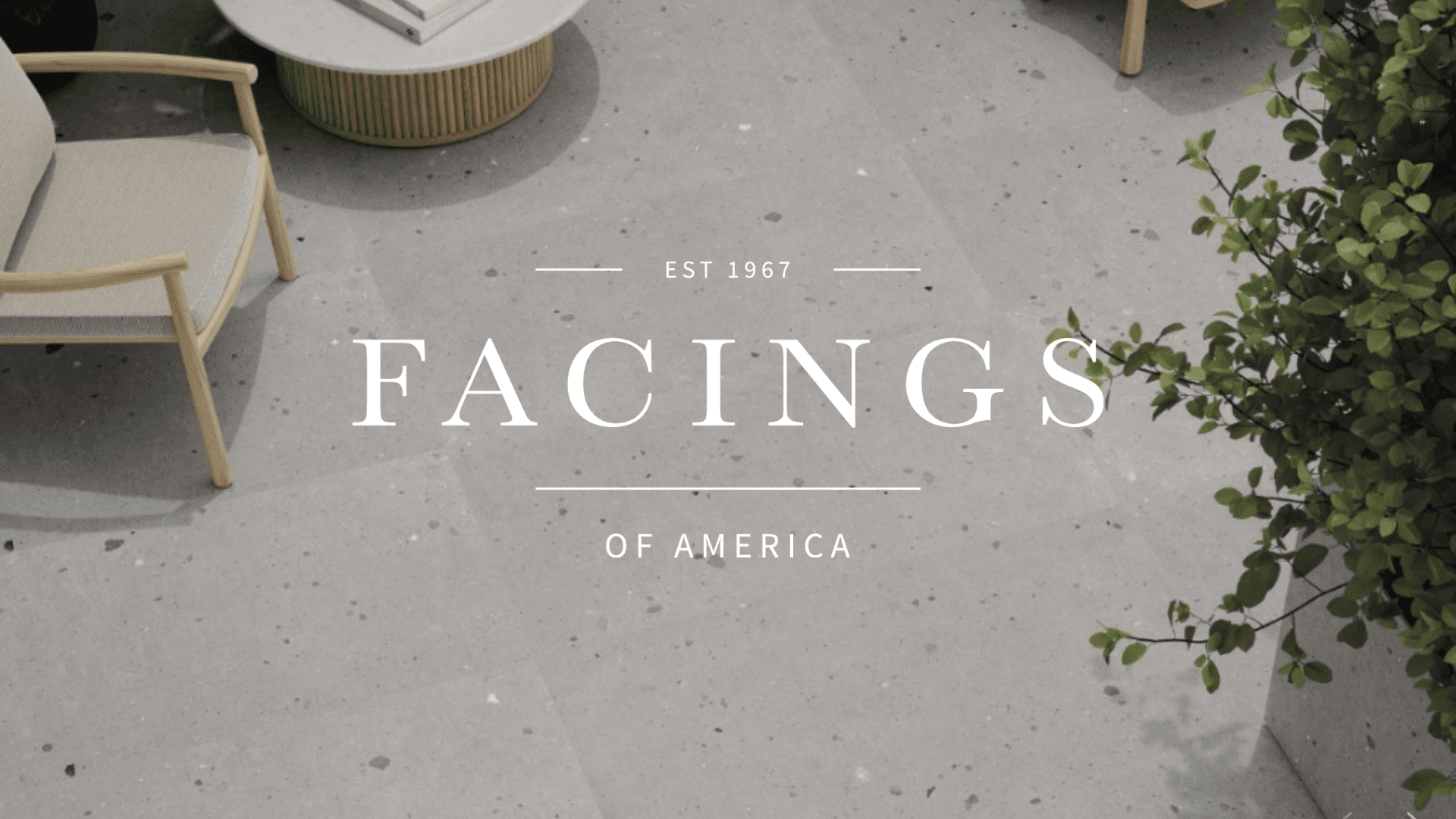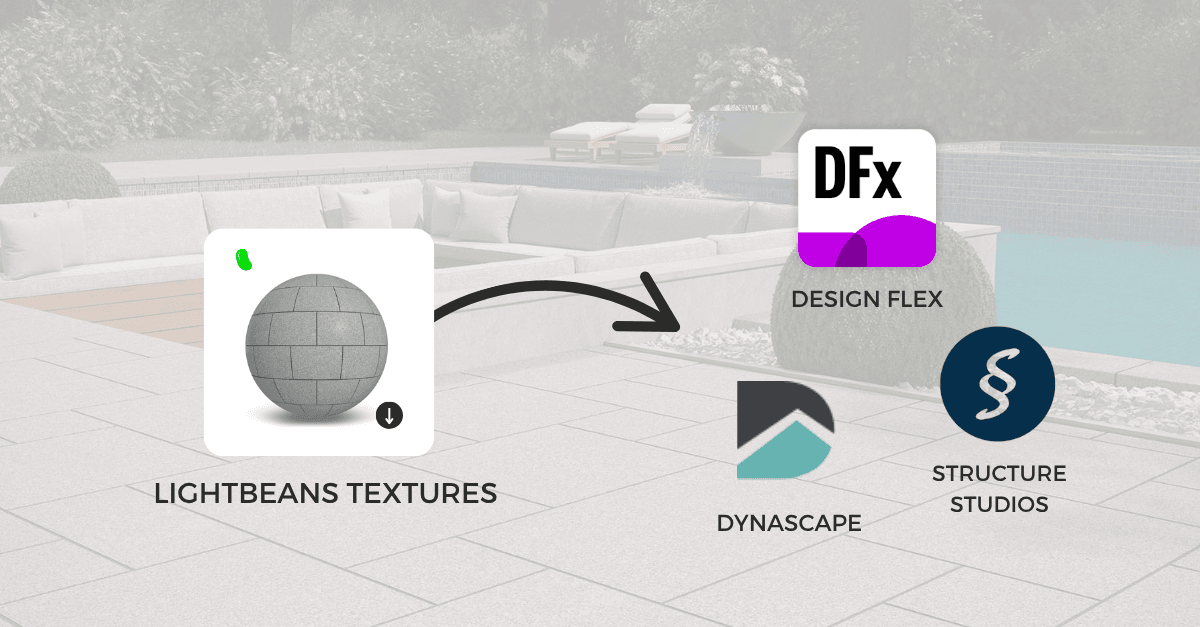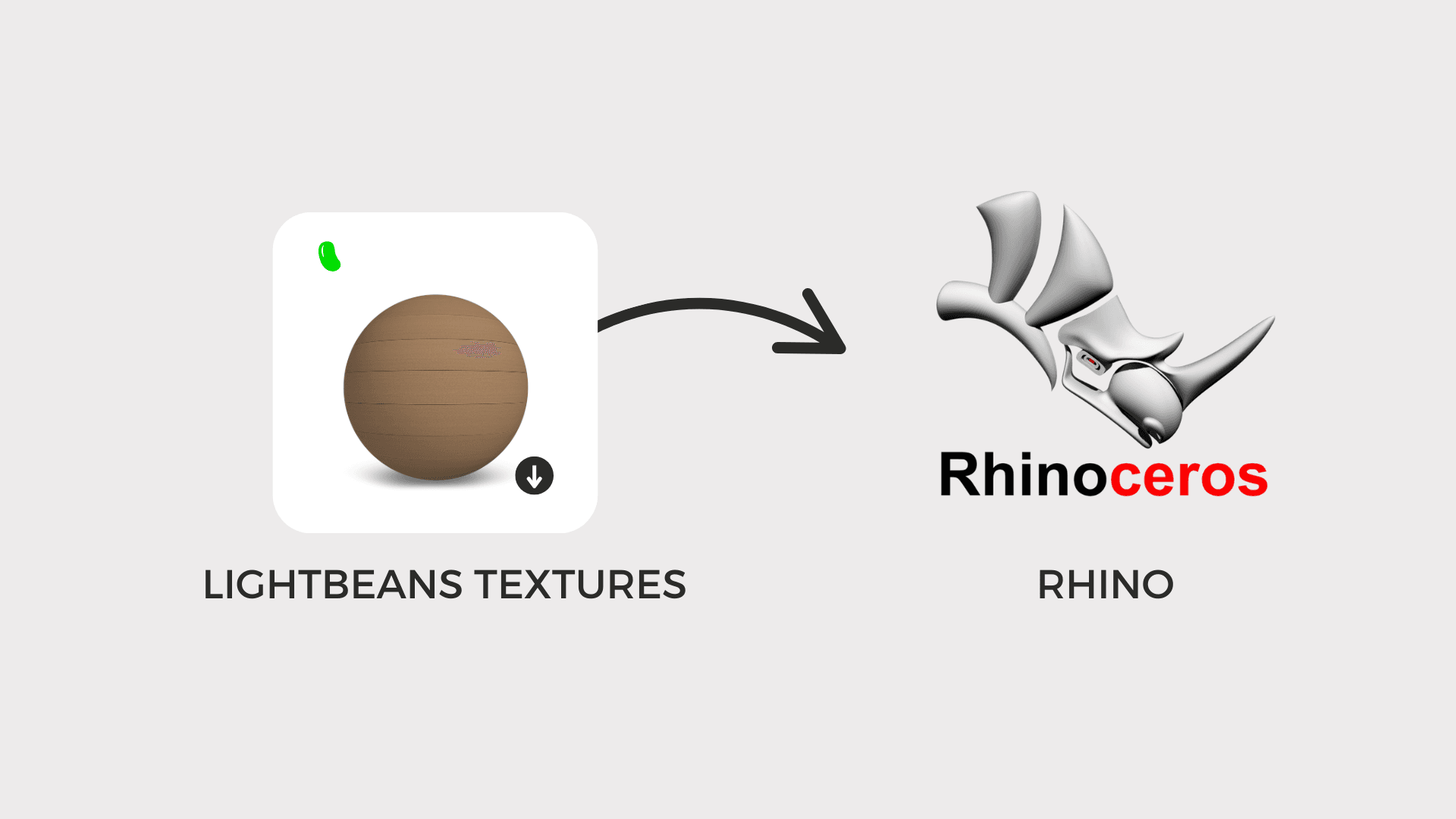How to create texture files for architects and designers?
A Guide to Texture Creation for Manufacturers
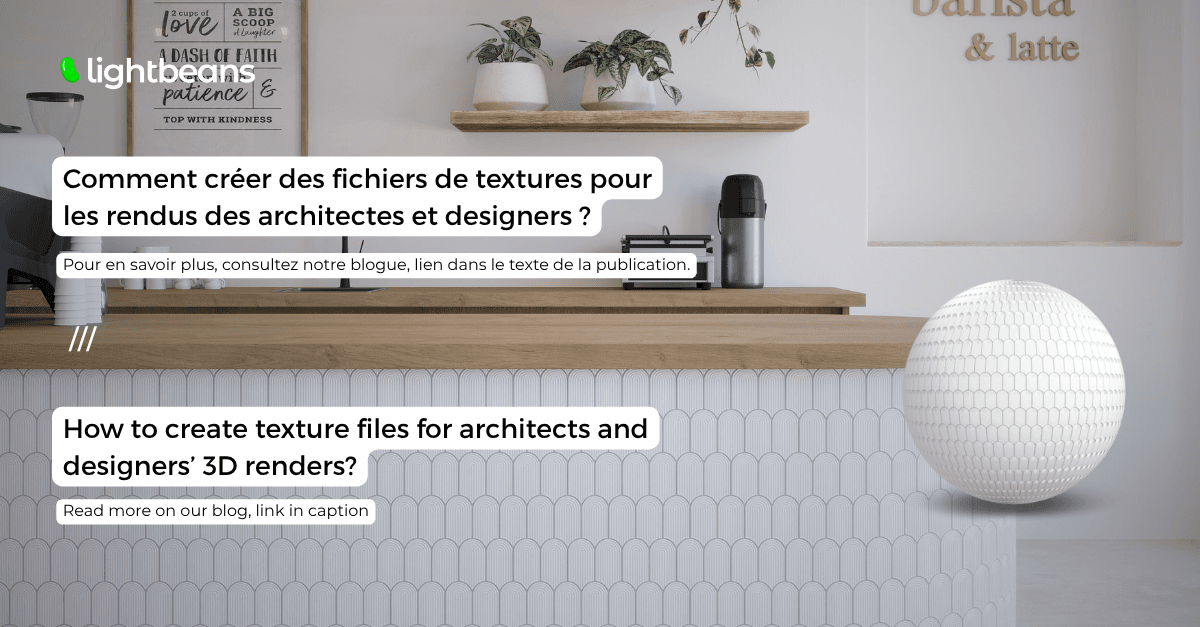
Creating professional-quality digital materials is not as simple as taking a photo of the surface with your cell phone.
A digitization project involves:
-
Digitizing materials
You need specialized equipment capable of generating high-quality images. Such a scanner can represent an investment of several hundred thousand dollars, not to mention the maintenance and technical upgrades that must be performed regularly.
-
Color calibration
The color of the product must be measured with a specialized device in diffused lighting that avoids saturation in order to be represented as accurately as possible.
-
Editing seamless patterns
In order for a professional to be able to apply your material to any surface of their 3D model, regardless of its shape and size, the pattern must be infinitely repeatable over a space, without the boundaries or joints between each repeated image being visible. It's a bit like wallpaper that lines up perfectly when you paste it several times. Image editing software such as Photoshop may be suitable in some cases, but the development and use of specialized software proved necessary to efficiently create seamless tiling.
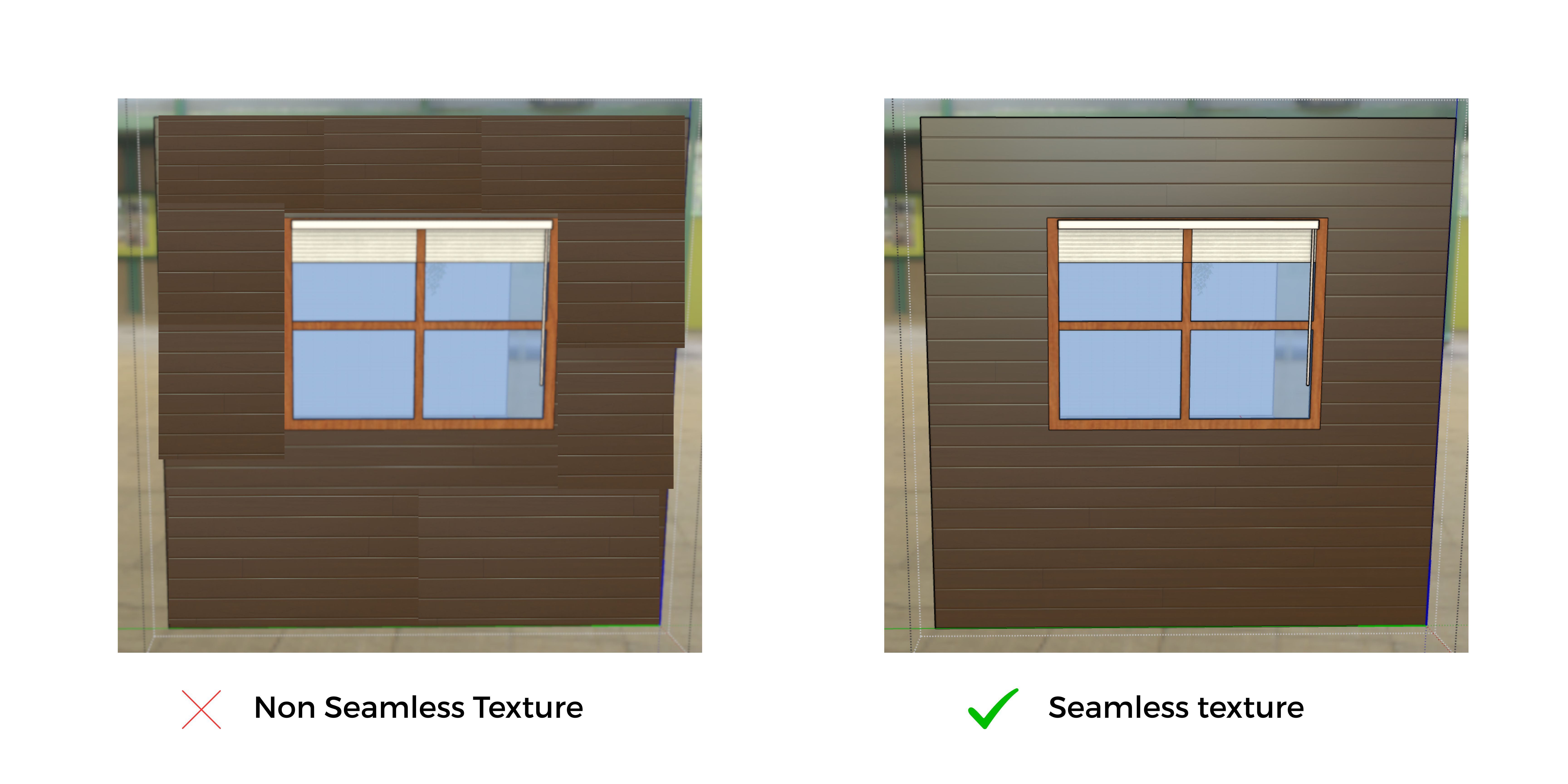
-
PBR map generation
These are material properties maps that represent the color, shape, and light interaction. A single PBR material can take up to 10 hours to produce for a company who has never done it before.
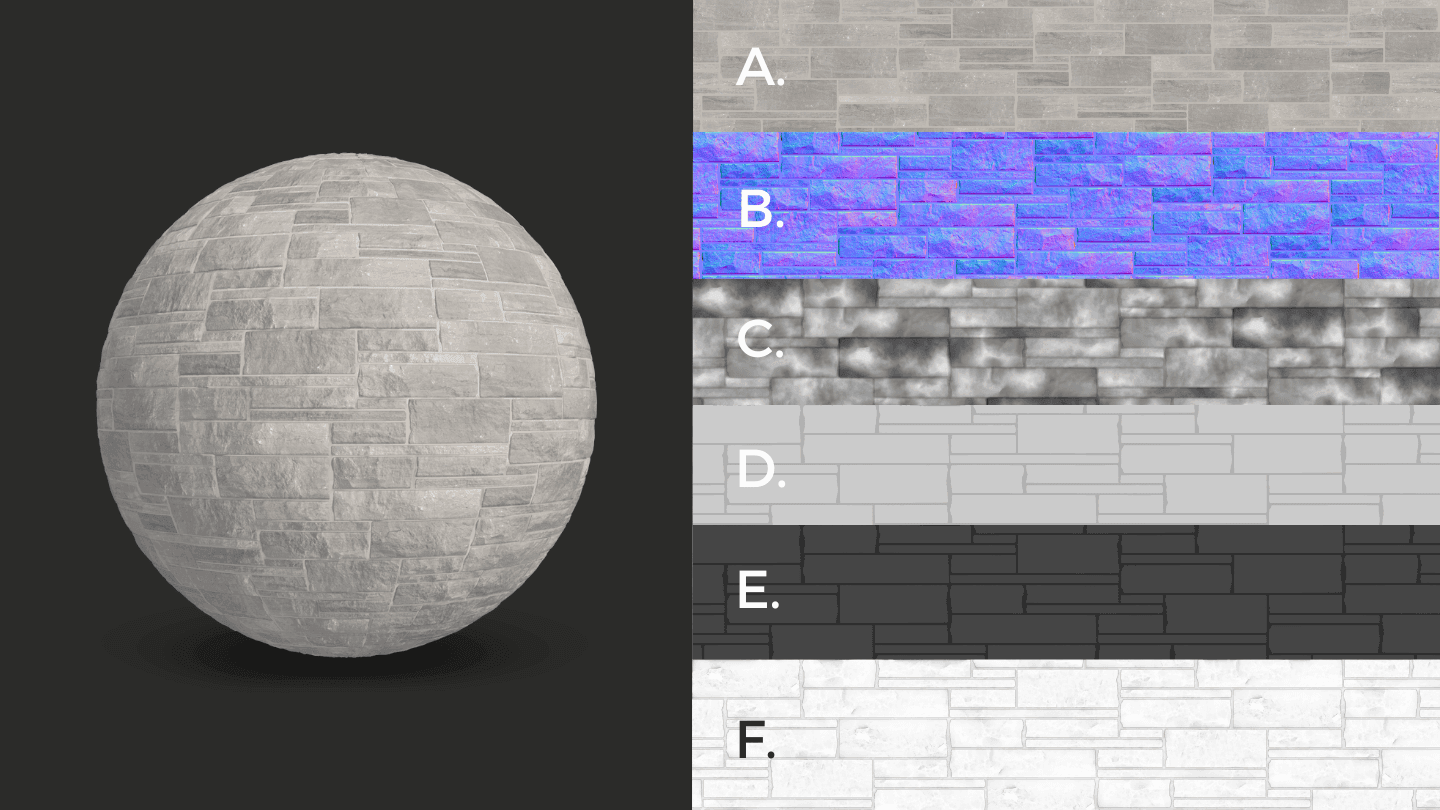
-
Adding metadata
Your product characteristics (e.g., physical dimensions) must be included in texture files to facilitate collaboration processes BIM between construction professionals and to add context around your product.
-
File compatibility
Before being distributed, files must be compatible and rigorously tested in different software environments (SketchUp, Revit, 3ds Max, Archicad, Enscape, etc.) to ensure they work properly. This requires knowledge of software and 3D visualization.
-
File distribution
Once created, your digital resources must be easily accessible to professionals. There are several distribution options:
- Your own website, ideally in a dedicated “For Professionals” or “Resources” section.
- A centralized material library such as Lightbeans.
- Extensions for software such as SketchUp, Revit, or Rhino, which allow materials to be imported directly into models using drag and drop. Such an extension requires software development by programmers.
-
Continuous updating
Software such as SketchUp regularly releases new features. Texture files must be kept up to date by a software team to remain compatible.
-
Technical support
Once your files are available, questions from users are inevitable. A specialized support team is essential to provide an optimal experience for architects and designers.
In addition to these steps, you need to have an in-house visualization team (3D artists and scanner operators) that has received extensive training in texture creation, which represents another significant investment.
Fortunately, specialized partners such as Lightbeans offer all these services, as well as comprehensive support, including
-
Photorealistic PBR textures (albedo, normal, roughness, ambient occlusion maps, etc.) digitized using Lightbeans' proprietary scanning technology for accurate representation in 3D software.
-
File distribution via software plugins and a centralized, free digital material library for designers.
-
A simple and intuitive web interface for downloading textures, designed specifically for the needs of professionals.
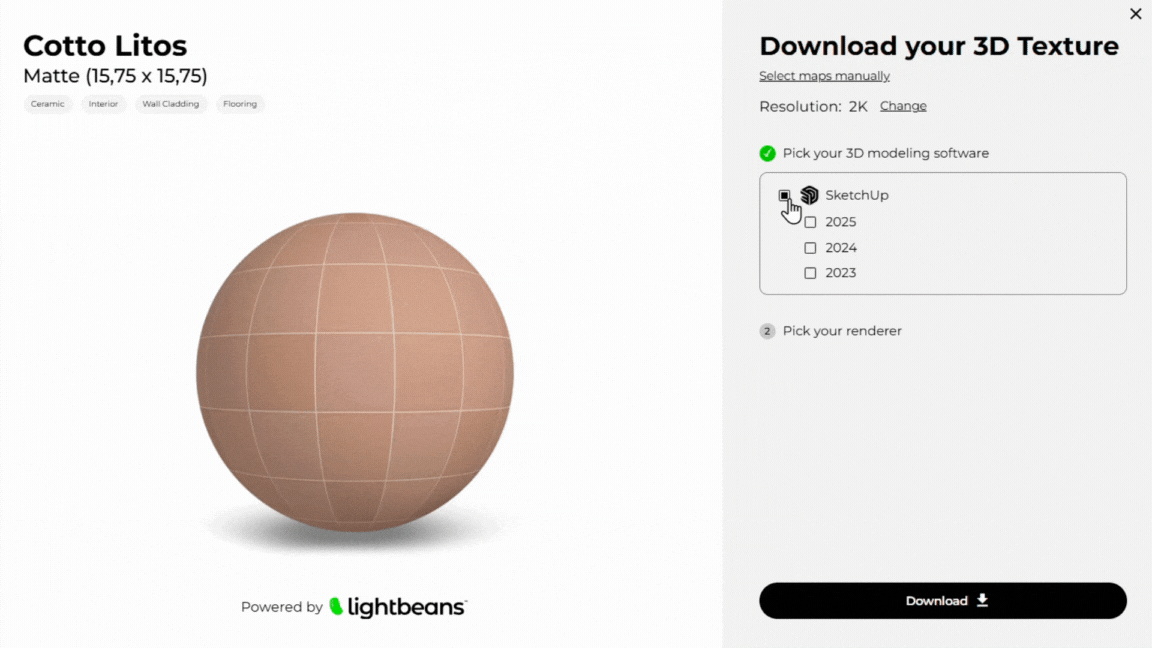
-
Universal compatibility with leading design platforms such as Sketchup, Revit, Rhino, Archicad, and many others.
-
Unique visibility to a network of over 40,000 professionals (as of October 2025) who log into the online material library every month.
-
Access to detailed analytics reports that can be exported to your CRM, giving you a clear picture of how your products are being used (most downloaded products, geographical distribution of users, etc.).
Contact us to transform your products into digital specification tools.

